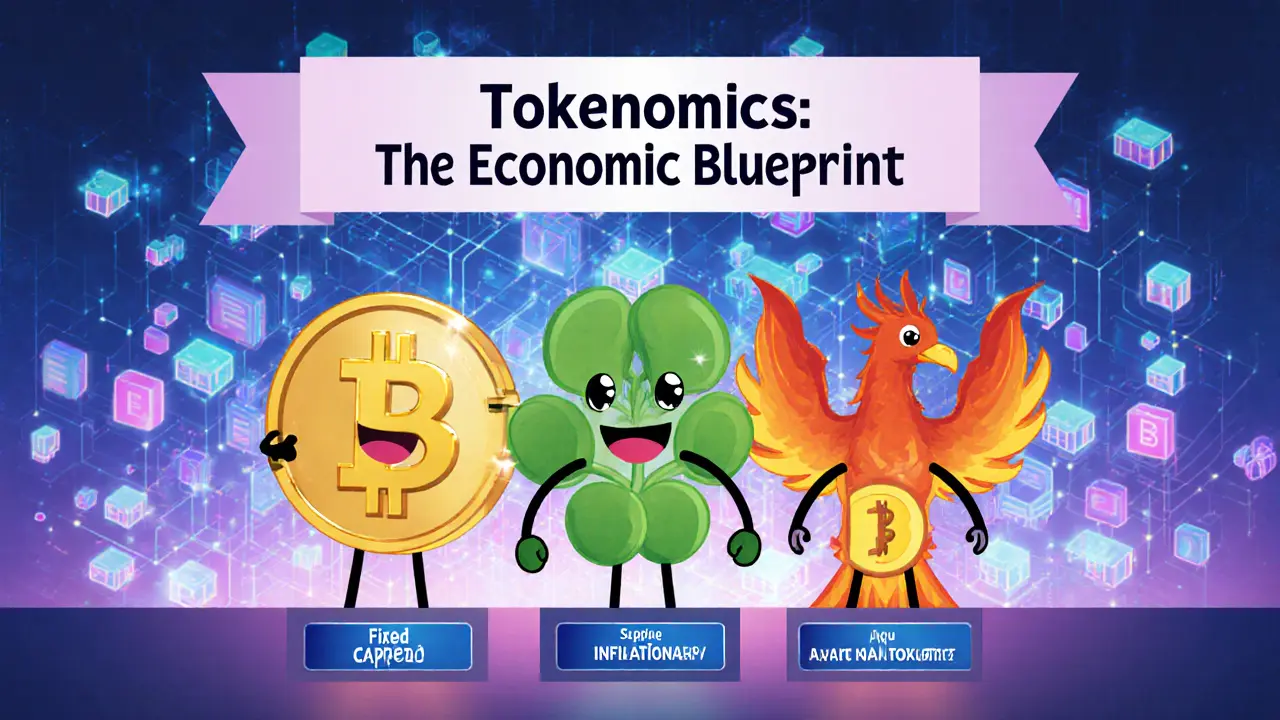When diving into blockchain economics, the study of how blockchain technology shapes value creation, distribution, and incentive structures. Also known as crypto economics, it examines token design, network effects, and market dynamics that drive decentralized systems. One of the core pillars is token vesting, a schedule that releases tokens gradually to protect supply and align stakeholder incentives. Another critical piece is validator networks, the set of nodes that secure a proof‑of‑stake blockchain by confirming transactions and earning rewards. Finally, smart contracts, self‑executing code that automates agreements without a middleman act as the glue that turns economic rules into on‑chain actions. In short, blockchain economics encompasses token vesting, relies on validator networks, and requires smart contracts to function.
Token vesting directly influences tokenomics, the broader study of token supply, demand, and utility. By locking a portion of tokens for founders, developers, or community rewards, vesting schedules curb sudden sell‑offs that could crash prices. Projects like Firebird Finance and ThunderSwap use vesting to maintain steady liquidity while still rewarding early supporters. The result is a healthier market environment where investors can trust that supply won’t balloon overnight. This discipline also ties into governance—when vested tokens become liquid, holders gain voting power, shaping protocol upgrades and fee structures.
Validator networks play a similarly strategic role. Their security guarantees let platforms offer low‑fee transactions, as seen in Bitcoin’s double‑spending protection and Ethereum’s move toward proof‑of‑stake. A robust validator ecosystem means higher uptime, faster block times, and more predictable fee markets—key factors for DeFi apps, yield‑farming farms, and cross‑chain bridges. When validators earn rewards, they also have a financial stake in the network’s health, creating a feedback loop that stabilizes the whole economic model.
Smart contracts turn the theories of blockchain economics into real‑world actions. Whether you’re minting a tokenized real‑estate share, launching an airdrop, or automating a yield‑farming strategy, contracts enforce the agreed rules without needing trust in a third party. They also enable innovative models like token vesting contracts that automatically release tokens on predefined dates, or validator staking contracts that distribute rewards proportionally. Together, these three entities shape everything from airdrop eligibility to the pricing of DeFi services, and they appear throughout the articles below, giving you a full picture of how the economics of blockchain really work.

Learn what tokenomics is, its key components, and how it shapes cryptocurrency value. A practical guide for investors and creators.